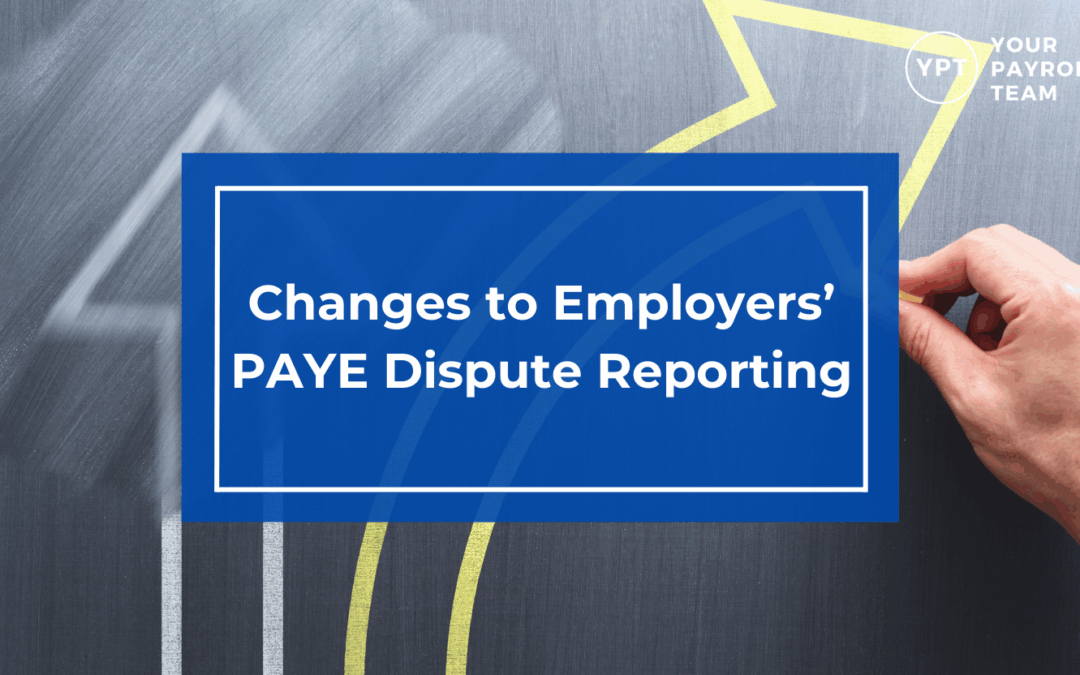From the end of August 2025, HMRC has changed the way employers can raise disputes about PAYE charges. If you’re used to calling the helpline or using webchat, you’ll need to switch to the new digital process.
What’s Changed
-
From 31 July 2025 – HMRC introduced a new online form for PAYE disputes, available through GOV.UK.
-
From 31 August 2025 – helpline and webchat channels for reporting disputes have been closed.
This means that all PAYE billing disputes must now be raised online through the Get help to correct an employer PAYE bill service.
How to Use the New Online Form
The form is straightforward to complete, but you’ll need to have some details ready. HMRC asks for:
-
Your PAYE reference and Accounts Office reference
-
Your employer tax reference (UTR)
-
The number of employees on the payroll
-
The full FPS (Full Payment Submission) figures for each affected year, including tax, NI, student loans and Class 1A NICs
You’ll also need to sign in with your Government Gateway credentials. Once submitted, HMRC will email you a reference number and aim to follow up within 40 working days.
👉 You can access the service here: Get help to correct an employer PAYE bill.
Why the Change?
According to HMRC’s Employer Bulletin (August 2025), the move is designed to streamline dispute handling and give employers a clear record of their submission. It also allows HMRC to review the payroll data in more detail before contacting you, which should make the resolution process more efficient.
What Employers Need to Do Now
-
Stop using the helpline or webchat for PAYE disputes – these are no longer available.
-
Get set up for digital access – ensure you or your agent have the right Government Gateway login.
-
Keep payroll records accurate – HMRC will check the FPS data you provide, so make sure figures match your submissions.
-
Expect longer response times – with a 40-day service target, it’s important to submit disputes early.
Final Thoughts
This is a big shift in how HMRC wants to handle PAYE disputes. While it may take time to get used to the online-only system, it should bring more structure and transparency to the process. Employers who prepare in advance with the right records and access details will be best placed to avoid delays.
References:

